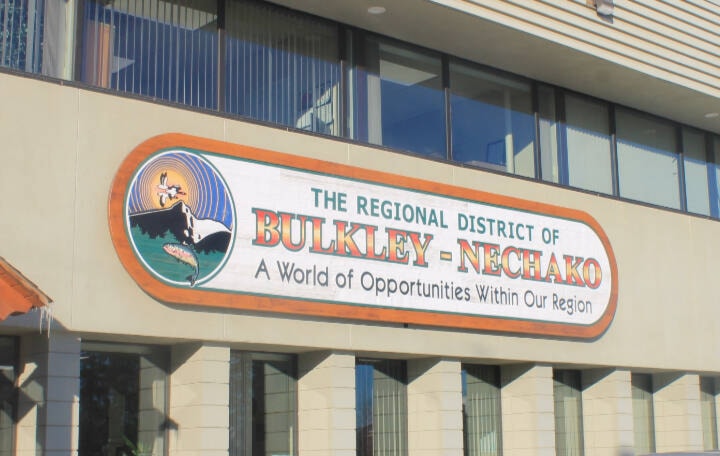Regional District of Bulkley Nechako (RDBN) and the Regional District of Fraser-Fort George (RDFFG) are looking at renewing agreement of the new 911 services, also known as Next General 911 (NG 911).
The renewal agreement will see an increased total cost of $221,495 for this term.
At the Jan. 25 meeting, Clint Lambert, RDBN’s Francois/Ootsa Lake director, said that the cost increase comes from taxing citizens from landline services. He asked if this number would go down when cell phones are added to the service.
Deborah Jones-Middleton, RDBN’s director of protective services, said that at this time, the province is not pursuing cell phones, although that is still under discussion. She added that the increment is due to the increase in staff costs. She said the RDFFG will install the infrastructure in rural fire departments, including municipal and rural cars.
Jones Middleton said that NG911 will have GPS coordinates to help first responders get locations from emergencies and distress calls faster.
Chris Newell, RDBN’s Houston/Granisle director, said that the cost increase is set by call volumes. Newell pointed out that in 2024, the increase is 6.6 per cent, and from 2025 through 2028, the fees will increase to 21.3 per cent, which is a 50 per cent increase. He said he would be interested to know how many calls can be put through RDBN. “It’s a huge cost per call,” he said.
Jones-Middleton said that in the last quarter of 2023, there were 3054 calls to 911 in RDBN.
Linda McGuire, Granisle’s mayor, asked would first responders track her down due to GPS if she lost consciousness while making an NG 911 call;
Jones-Middleton said the GPS will only work on cellphones, and first responders already know the landline’s location.
Stoney Stoltenberg, RDBN’s Smithers/Telkwa director, stated that if the regional district implements their own 911 service, then it will cost them about $6-7 million worth of equipment and a minimum of seven full-time staff with a minimum cost of $125,000. “When we look at what we’re paying right now, it’s a pretty good deal. So, getting that GPS will be huge,” he said.
Michael Riis-Christianson, RDBN’s Burns Lake director, said that the province needs to be pushed a little bit harder to support cellphone usage. He pointed out that people’s landlines are decreasing as they shift towards cell phones.
The current fee structure has been static for the past ten years and is limited as it needs to adequately address future asset management needs, new costs associated with NG 911 compliance, increased operating costs related to service level delivery, and inflation impacts.
Costs associated with providing the 911 service are based on the call volumes of all cost-sharing partners. For 2023, RDBN paid 7.53 per cent of the expenses based on call volume, and that percentage has been consistent over the years.
RDBN’s chairperson Mark Parker said it would be a good idea to push the province for cellphone 911 GPS coverage, and the board agreed.
